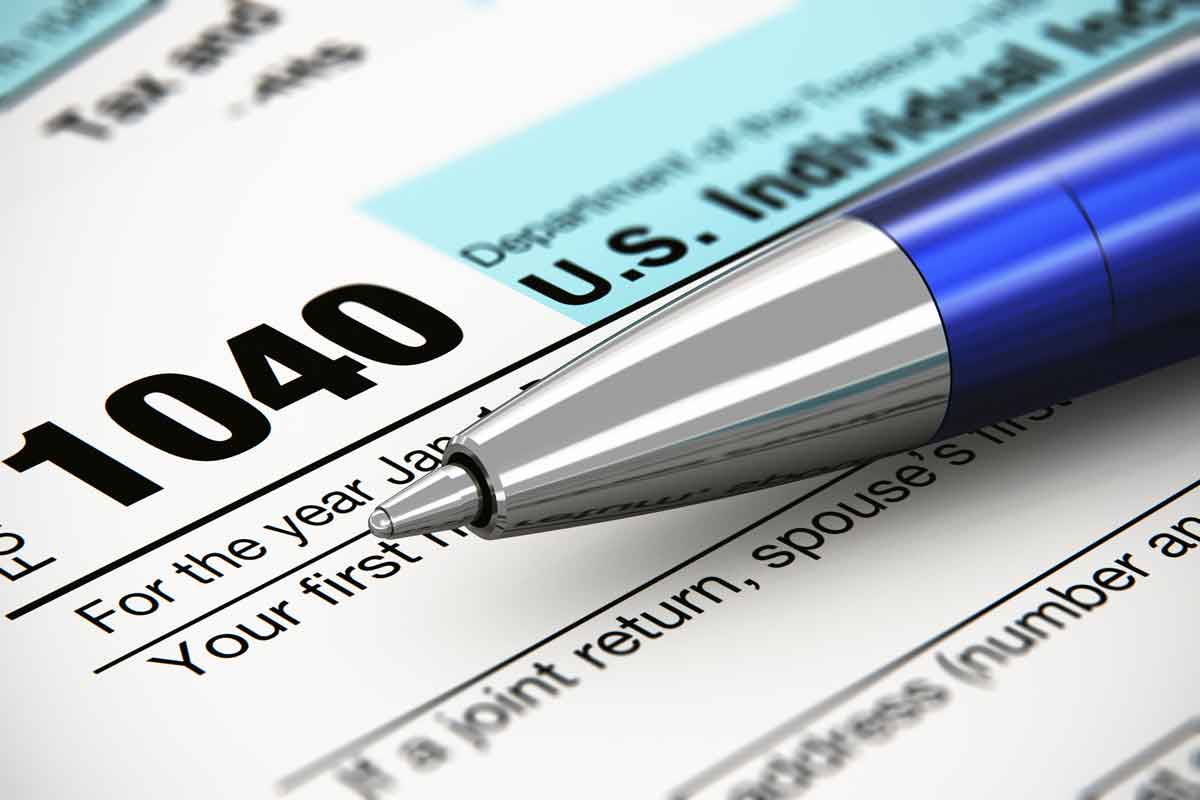Are you looking for ways to get free money? Well, look no further! The IRS has a program called the Savers Tax Credit that gives taxpayers up to $2000 in free money. This program is designed to help taxpayers who save money for retirement. In this blog post, we will discuss the Savers Tax Credit and how you can take advantage of it. Keep reading to learn more!
What is the Savers Tax Credit and how does it work?
The Savers Tax Credit is a tax credit that is available to taxpayers who save money for retirement. The credit is worth up to $1000 per taxpayer ($2000 per couple), and it is designed to help those who may not be able to afford to save for retirement on their own. In order to qualify for the credit, taxpayers must meet certain income requirements; mid- and low-income earners are eligible. The credit is available to both single and joint filers.
The saver’s credit was first introduced in tax years 2002 to 2006 under the Economic Growth and Tax Relief Reconciliation Act of 2001 (EGTRRA). If you would like to read the text of the Act, it is avaialble on U.S. Congress’ website – EGTRRA H.R. 1836.
The credit became codified as a permanent tax credit under the Pension Protection Act of 2006 (PPA). Follow the link to read H.R. 4 PPA on Congress’ website.
How can I take advantage of the $2K IRS Credit?
If you are looking for ways to get free money from the IRS, then you should definitely consider taking advantage of the Savers Tax Credit. This credit can help you save money for retirement, and it is a great way to get free money from the government. To learn more about this credit and how you can take advantage of it, please contact a tax professional or visit the IRS website.
Who is eligible for the Savers Tax Credit?
In order to be eligible for the Savers Tax Credit, taxpayers must meet certain income requirements. The credit is available to both single and joint filers.
In addition, tax filers must be over 18 years old and not be a full-time student or a dependent of someone who is over the income threshold. The income limit for filers who are married filing jointly is $41,000 based on AGI (Adjusted Gross Income) for 2022.
2022 Saver’s Tax Credit
| Credit Rate | Married Filing Jointly | Head of Household | All Other Filers* |
|---|---|---|---|
| 50% of your contribution | AGI not more than $41,000 | AGI not more than $30,750 | AGI not more than $20,500 |
| 20% of your contribution | $41,001- $44,000 | $30,751 – $33,000 | $20,501 – $22,000 |
| 10% of your contribution | $44,001 – $68,000 | $33,001 – $51,000 | $22,001 – $34,000 |
| 50% of your contribution | more than $68,000 | more than $51,000 | more than $34,000 |
Source: IRS Retirement Savings Contributions Saver’s Credit 2025
Anyone who contributes to an employer-sponsored retirement plan, a traditional IRA or Roth IRA, or an ABLE plan is eligible. The saver’s credit is available to eligible taxpayers who contribute to an employer-sponsored retirement plan, ABLE plan, or a traditional and/or Roth IRA. (The ABLE plan was enacted in the Achieving a Better Life Experience Act of 2014 and provided disabled Americans an opportunity to save up to $15,000 per year, tax-deferred, as a supplement to government benefits. It is similar to a 529 college savings plan.)
When can I claim this $2,000 Credit on their taxes?
The Savers Tax Credit can be claimed on your taxes for the tax year in which you make your retirement contribution. For example, if you make a retirement contribution in 2025, you will be able to claim the credit on your 2025 tax return.
How do I know if I qualify for the $2000 Savers Tax Credit?
If your income is within the limits stated and you have contributed to either an employer-sponsored retirement plan, an IRA or ABLE plan, then the next step is to make your contribution and complete IRS form 8880 to claim the Saver’s Tax Credit. Click here to download the 8880 form on the IRS website.
What if I don’t qualify for the $2000 credit, are there other options?
If you do not qualify for the $2000 credit, you may still be eligible for other tax credits and deductions. To learn more about your options, please contact a tax professional or visit the IRS website.
How much money can you receive from the Savers Tax Credit program?
The maximum amount that taxpayers can receive from the Savers Tax Credit is $2000. This credit is available to both single and joint filers. However, it is important to note that the credit does not match the amount of the Qualified Retirement Plan (QRP) contribution, but rather, is dependent on the taxpayer’s income level. Those with lower incomes will receive a larger credit.
Adjusted gross income earners in the top tier of the eligibility receive 10% on a maximum contribution whereas middle income earners receive 20% and low-income earners 50%. For a low-income earner who contributes $2,000, they will receive $1,000 in credit; low-income joint filers collectively may receive a maximum of $2,000 based on a contribution of $4,000.
When is the deadline to apply?
The deadline to apply for the Savers Tax Credit is the same day as the tax filing deadline each year, which typically falls on April 15. Tax payers should submit their form 8880 along with their federal income tax filing.
Tax Saver’s Credit Previous Years Prior to 2025
How does the Tax Saver’s Credit stack up in years prior to 2022? According to the IRS:
2021 Saver’s Tax Credit
| Credit Rate | Married Filing Jointly | Head of Household | All Other Filers* |
|---|---|---|---|
| 50% of your contribution | AGI not more than $39,500 | AGI not more than $29,625 | AGI not more than $19,750 |
| 20% of your contribution | $39,501 – $43,000 | $29,626 – $32,250 | $19,751 – $21,500 |
| 10% of your contribution | $43,001 – $66,000 | $32,251 – $49,500 | $21,501 – $33,000 |
| 50% of your contribution | more than $66,000 | more than $49,500 | more than $33,000 |
Source: IRS Retirement Savings Contributions Saver’s Credit
2020 Saver’s Tax Credit
| Credit Rate | Married Filing Jointly | Head of Household | All Other Filers* |
|---|---|---|---|
| 50% of your contribution | AGI not more than $39,000 | AGI not more than $29,250 | AGI not more than $19,500 |
| 20% of your contribution | $39,001 – $42,500 | $29,251 – $31,875 | $19,501 – $21,250 |
| 10% of your contribution | $42,501 – $65,000 | $31,876 – $48,750 | $21,251 – $32,500 |
| 50% of your contribution | more than $65,000 | more than $48,750 | more than $32,500 |
Source: IRS Retirement Savings Contributions Saver’s Credit
2019 Saver’s Tax Credit
| Credit Rate | Married Filing Jointly | Head of Household | All Other Filers* |
|---|---|---|---|
| 50% of your contribution | AGI not more than $38,500 | AGI not more than $28,875 | AGI not more than $19,250 |
| 20% of your contribution | $38,501 – $41,500 | $28,876 – $31,125 | $19,251 – $20,750 |
| 10% of your contribution | $41,501 – $64,000 | $31,126 – $48,000 | $20,751 – $32,000 |
| 50% of your contribution | more than $64,000 | more than $48,000 | more than $32,000 |
Source: IRS Retirement Savings Contributions Saver’s Credit 2025
What are some other ways to get free money from the IRS?
In addition to the Saver’s Tax Credit, there are other ways that taxpayers can get free money from the IRS. Some of these include the Earned Income Tax Credit, the Child Tax Credit, and the American Opportunity Tax Credit. To learn more about these credits and how you can take advantage of them, please contact a tax professional or visit the IRS website. The IRS Retirement Savings Contributions Savers Credit is available at https://www.irs.gov/retirement-plans/plan-participant-employee/retirement-savings-contributions-savers-credit.

